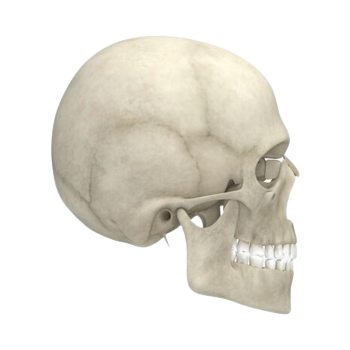Pediatric facial trauma differs from adult facial trauma because it necessitates a basic knowledge of the developing patient. Traumatic injury is still the leading cause of death in children, with much of it being the result of a brain injury. The craniofacial region of children grows rapidly, making it more visible and vulnerable to harm. The frequency and causation of facial fractures in children change with age. Understanding the patient’s dentition stage can have a major impact on treatment management. The development of the alveolus is tooth dependent, and the lack of growing teeth will have a substantial influence on the growth and development of the maxilla and mandible, and hence on treatment. This review lays emphasis on maxilofacial trauma in the children.
KEY WORDS: ATLS, pediatric maxillofacial trauma, pediatric distraction osteogenesis, tracheostomy, airway management dilemmas.


